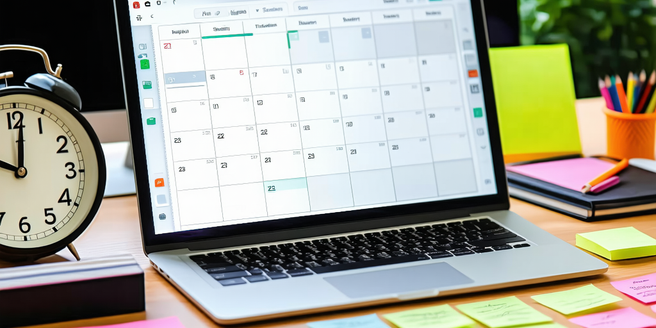
Time Management Strategies for Optimal Efficiency
In a world filled with distractions, implementing effective time management strategies is paramount for maintaining efficiency. Start by prioritizing tasks using the Eisenhower Box, a method that helps distinguish between urgent and important tasks. This ensures that the most significant tasks are completed first. Additionally, consider using time-blocking techniques, which allocate specific periods for focused work, minimizing the interruptions that can derail productivity. Digital tools like calendars and to-do lists can be synchronized across devices to keep track of responsibilities. Moreover, setting clear boundaries for work and rest periods prevents burnout and maintains a healthy balance. By refining these strategies, professionals can work smarter, yielding better results without extending work hours excessively.
The Importance of Prioritization and Focus
Prioritization and focus are key to enhancing productivity. By identifying tasks that align with personal and professional goals, individuals can concentrate their efforts on what truly matters. It begins with creating a to-do list categorized by urgency and importance, allowing tasks to be tackled systematically. Reducing multitasking is crucial, as it often leads to divided attention and reduced quality of work. Instead, focusing on one task at a time leads to more efficient and higher-quality outcomes. Techniques such as the Pomodoro Technique can aid in maintaining focus by breaking work into intervals, ensuring sustenance of attention without fatigue. In sum, a targeted approach preserves time and energy for the most valuable activities.
Leveraging Technology to Boost Productivity
With technological advancements, professionals have various tools at their disposal to enhance productivity. Project management software streamlines task allocation and progress tracking for teams. Automation tools eliminate repetitive tasks, allowing individuals to focus on more crucial activities. Communication platforms foster instant collaboration among team members, reducing the time spent on email threads. Moreover, cloud storage solutions enable easy access to files from anywhere, ensuring seamless workflow continuity. It’s also vital to regularly reassess tool effectiveness to ensure they continue to meet your evolving needs. However, it’s essential to use technology mindfully; rather than becoming overwhelmed with options, choose tools that complement specific needs. By deploying the right technology effectively, productivity can be significantly enhanced, providing more room for creativity and innovation.
Balancing Work and Life: Finding Harmony
Striking a balance between work and life is crucial for overall well-being and long-term productivity. Setting boundaries, such as defining work hours and sticking to them, helps prevent work from intruding into personal time. Maintaining this balance requires conscious effort and commitment. It is also vital to dedicate regular intervals for relaxation and hobbies, which replenish energy and motivation. Mindful practices, such as meditation and exercise, can alleviate stress, fostering a positive mindset conducive to both work and personal life. Employers can support this balance by encouraging flexible working arrangements, allowing professionals to accommodate personal responsibilities without compromising job performance. Achieving harmony in work and life not only improves health but also enhances job satisfaction and performance.
Creating an Effective Workspace Environment
An effective workspace environment is a cornerstone of productivity. Start by ensuring that the workspace is free from clutter, as a tidy area can increase focus and mental clarity. Ergonomic furniture, like chairs and desks, support good posture and reduce physical strain during extended work periods. Lighting also plays a critical role; natural light is preferable, but if unavailable, adjustable lamps can provide adequate illumination. Additionally, having greenery or plants in the workspace can boost mood and creativity. Sound levels can be managed by using noise-canceling headphones or playing ambient sounds to create a conducive atmosphere for concentration. Personalizing your workspace with elements that inspire can also enhance motivation and engagement during tasks.
